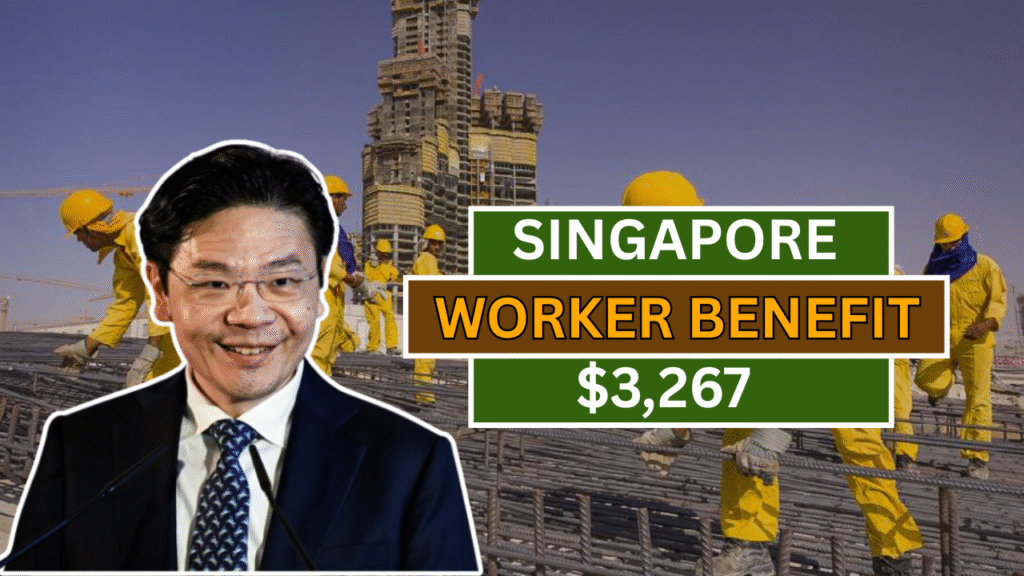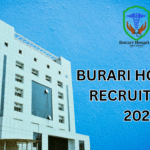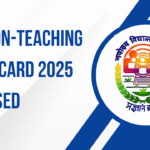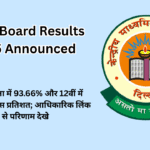Singapore is enhancing its long-standing support for lower-wage workers through a significant revision of the Workfare Income Supplement (WIS) scheme. Under the updated policy, eligible workers can receive up to S$3,267 per year, a move that aims to reinforce financial security, especially for senior citizens and persons with disabilities.
This article breaks down what the $3,267 benefit entails, who qualifies, and how the payout will be administered simplified for every Singaporean worker seeking clarity.
What Is the S$3,267 Worker Benefit?
The S$3,267 payout represents the maximum annual WIS benefit for qualifying individuals aged 60 and above or those with disabilities. Introduced by the Singapore government, this benefit is part of its ongoing efforts to raise the income and retirement adequacy of lower-wage workers.
The payout is disbursed in monthly installments, rather than annually, beginning in March 2025. This change helps recipients better manage everyday expenses and maintain consistent financial support.
Depending on a worker’s employment status, the benefit is split between cash and CPF contributions:
- Employees: 40% of the payout is given in cash, while 60% is credited to their CPF accounts.
- Self-Employed Persons (SEPs) and Platform Workers: Receive 10% in cash and 90% into MediSave, part of their CPF.
More information is available on the official CPF WIS website.
Eligibility Criteria
To qualify for the WIS payout, workers must meet the following conditions:
- Citizenship: Must be a Singapore citizen.
- Age: Be at least 30 years old by the end of the assessment year (except for persons with disabilities).
- Employment Income: Earn an average monthly income of between S$500 and S$3,000.
- Property Ownership: Reside in a property with an annual value of S$21,000 or less and must not own more than one residential property.
- CPF Contributions: Must contribute to CPF or MediSave depending on employment type.
These criteria ensure that assistance is targeted at those most in need, while encouraging continued workforce participation. For full eligibility details, refer to CPF’s eligibility checker.

Payout Schedule and Methods
Under the new framework, the WIS benefit is paid monthly, improving accessibility and cash flow for beneficiaries.
- Employees: Payments are based on CPF contributions reported by employers.
- Platform Workers (e.g. delivery riders): Payments are based on income reported by platform operators.
- SEPs: Must declare their income to the Inland Revenue Authority of Singapore (IRAS) and make MediSave contributions to qualify.
The cash portion of the benefit is credited to the recipient’s PayNow NRIC-linked bank account. If PayNow is not available, funds are sent to their bank account or through GovCasha system available at OCBC ATMs islandwide. Learn more about.
Maximum Annual Payout by Age Group
The maximum payout varies according to age. Here’s a breakdown of the 2025 annual WIS payout caps:
| Age Group | Maximum Annual Payout |
|---|---|
| 30–34 | S$1,633 |
| 35–44 | S$2,333 |
| 45–59 | S$2,800 |
| 60 and above / Persons with Disabilities | S$3,267 |
This structured approach reflects the increasing financial needs of older workers, especially those nearing or past retirement age.
Additional Support
In tandem with WIS, the government has rolled out the Majulah Package to further support seniors with limited savings. This includes:
- Earn and Save Bonus: Annual CPF top-ups of S$400 to S$1,000.
- Retirement Savings Bonus: A one-time CPF top-up for seniors with lower balances.
- MediSave Bonus: A one-time MediSave top-up for healthcare-related expenses.
These bonuses help seniors save more for retirement and reduce out-of-pocket costs for medical care. For full details.
Conclusion
The 2025 WIS payout of up to S$3,267 underscores Singapore’s commitment to an inclusive economy where lower-wage and older workers receive meaningful support. With the shift to monthly disbursements and aligned initiatives like the Majulah Package, the government aims to address not just wage inequality but also retirement adequacy and healthcare security.









